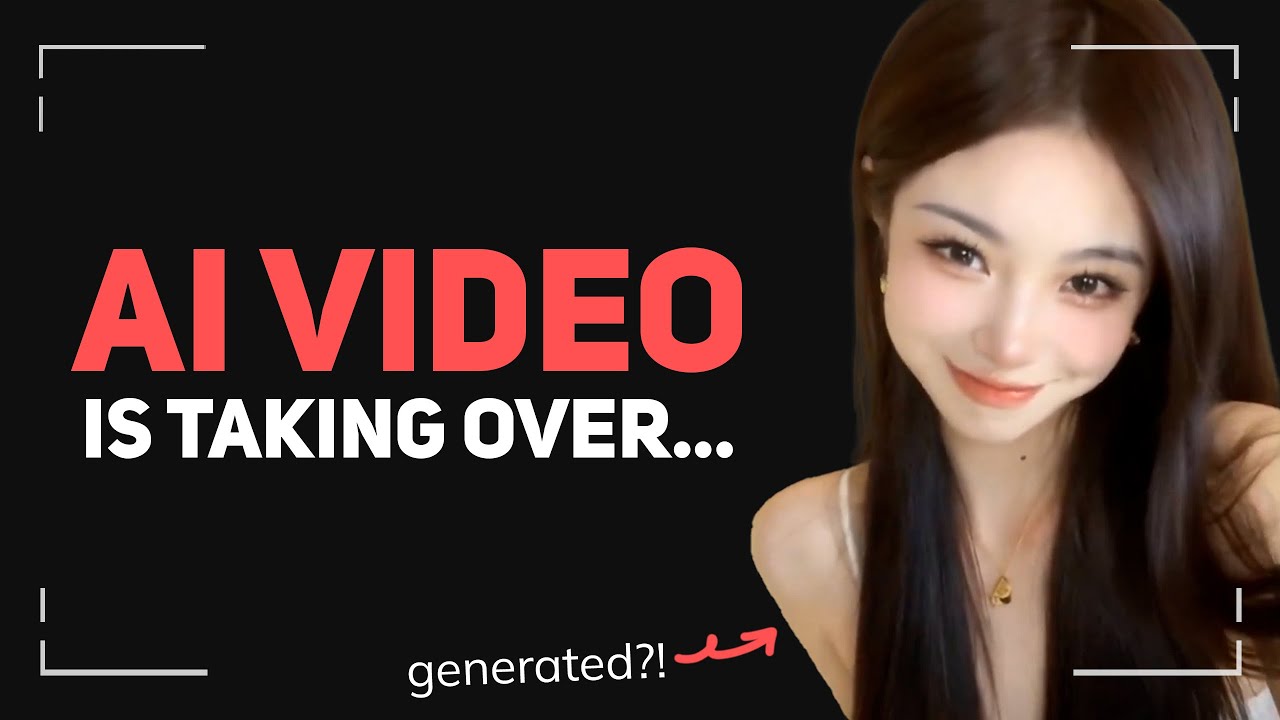The video discusses the advancements in AI-generated videos, showcasing tools like Sora from OpenAI and Storyteller that revolutionize video creation. It highlights new AI video generators like Cling and Luma Dream Machine for their realistic and diverse content generation capabilities, emphasizing the rapid development and potential of AI technology in video creation.
The video discusses the advancements in AI-generated videos and the potential threats they pose, such as making it difficult to distinguish between real and generated content. The rise of AI technology has led to the creation of tools like Sora from OpenAI, which can generate videos purely from text input, revolutionizing the way videos are created. Other AI video generators have also emerged, using different methods like referencing existing videos or utilizing code for video-to-video generation.
Storyteller, a generative video tool, is highlighted as a sponsor of the video, providing a toolkit for creators to easily generate videos with precise control over elements like sets, actors, and animations. The tool is compared to Figma or KVA for video creation and offers features like customizable sets, motion capture for character animations, and a variety of artistic styles for video outputs. Storyteller aims to blend physical filmmaking and game engine machinima for a unique video creation experience.
Several new AI video generators, such as Cling, Luma Dream Machine, and Runway AI’s Gen 3 Alpha, are discussed for their capabilities in generating realistic and diverse video content. These tools offer functions like choosing starting frames, keyframe selection, and video extension, allowing users to create a wide range of videos from different inputs. While some models excel in realism and consistency, others focus on cinematic themes or anime-style animations, catering to various creative needs.
The video also delves into the pricing and limitations of these AI video generators, with some models offering free tiers with restricted features and capabilities. Users can opt for paid subscriptions to access more functionalities and higher limits on video generations per month. The video emphasizes the importance of prompt quality in generating realistic outputs and highlights the community’s creative use of these AI video generators to connect memes, create time-traveling scenarios, and explore new storytelling possibilities.
Overall, the video showcases the rapid development and competition in the AI video generation space, with companies continuously improving their models to offer better quality and more features to users. While these AI video generators still have limitations, such as handling anatomy poorly and lacking in fine-grained world interactions, they hold promise for the future of video creation and storytelling, pushing the boundaries of what is possible with AI technology.
